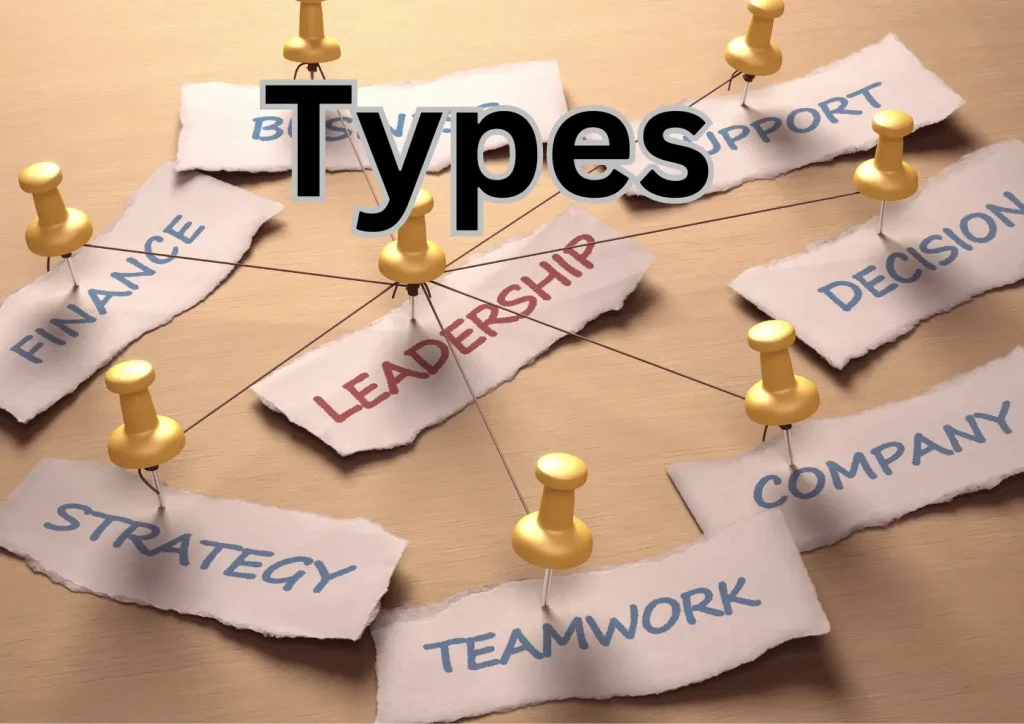Table of Contents
I. Introduction
Imagine this: a lone voice cuts through the industry noise, sparking conversations and inspiring action. That’s the power of thought leadership. It’s not just about being smart – it’s about sharing valuable insights that influence others and drive change.
But what does this actually look like? And how can YOU become a thought leader in your field?
In this guide, we’ll break down what makes thought leadership tick. We’ll look at inspiring examples from the business world, explore different content types, and give you actionable steps to start establishing your own authority. Get ready to ignite your influence and use it among other tools from marketing!
II. What Makes Great Thought Leadership?

Thought leadership isn’t about being the loudest voice in the room. It’s about having a unique perspective and the credibility to back it up. So, what separates the thought leaders from the followers?
True Expertise: You’ve got to know your stuff. This comes from experience, education, and a constant thirst for learning.
Original Ideas: Anyone can parrot the same old advice. Thought leaders bring something new to the table – a fresh perspective, a unique solution.
Value for Your Audience: It’s not just about you. Great thought leadership examples helps others solve problems, make decisions, or see things in a new light.
Clear Communication: You could have the most brilliant idea in the world, but if you can’t explain it clearly, it won’t go far. Whether you’re writing, speaking, or tweeting, make sure your message comes across loud and clear.
It’s Not Just Talk:
Thought leadership comes in many flavors. Think articles, books, podcasts, even social media posts. The key is to find the format that works best for you and your audience. The best thought leaders are consistent, delivering valuable content regularly.
This doesn’t mean you have to reinvent the wheel every time. Thought leadership can be built on case studies, research findings, or even personal experiences. As long as you’re adding something meaningful to the conversation, you’re on the right track.
III. Thought Leadership Examples Across Industries

Thought leaders aren’t confined to a single corner of the world. They’re out there shaking things up in every field imaginable. Let’s take a look at a few standouts who’ve made their mark:
- Tech:
- Elon Musk: Whether you love him or hate him, there’s no denying his impact. Tesla, SpaceX… the guy’s a visionary who constantly pushes boundaries.
- Bill Gates: He built a tech empire, then pivoted to tackling global health and poverty. Talk about using your influence for good!
- Business:
- Warren Buffett: His folksy wisdom on investing has made him a household name. Who knew stock tips could be so entertaining?
- Sheryl Sandberg: As COO of Facebook (now Meta), she’s been a vocal advocate for women in leadership, using her platform to spark important conversations.
- Marketing:
- Seth Godin: This marketing guru’s blog is a must-read. He practically invented the concept of “permission marketing,” forever changing how we think about reaching customers.
- Gary Vaynerchuk: Love him or hate his hustle-hard mentality, you can’t deny his impact on the digital marketing world.
- Other Fields:
- Brené Brown: This research professor doesn’t just study vulnerability, she embodies it. Her TED talks and books have helped millions embrace their imperfections.
- Greta Thunberg: A teenager who’s become the face of climate change activism, proving you don’t have to be a CEO to be a powerful thought leader.
These are just a few examples, but they prove that thought leadership knows no bounds. No matter your industry, there’s room for your voice to be heard.
IV. Types of Thought Leadership examples – Content That Resonate

Thought leadership isn’t confined to a single format. The key is to deliver value in a way that speaks to your audience. Here are a few proven content types that capture attention:
- Original Research: Data-driven insights are like gold. Conduct your own surveys, analyze trends, and share the findings. People love numbers, especially when they uncover something new.
- Provocative Opinion Pieces: Don’t be afraid to shake things up! A well-reasoned opinion piece that challenges the status quo can spark discussions and position you as a bold thinker.
- Actionable Guides/Frameworks: Give your audience something they can use. Detailed how-tos, templates, or step-by-step guides show that you’re not just talking the talk, but walking the walk.
- Inspiring Storytelling: People love stories, especially ones that show resilience and triumph. Share your experiences (even the failures!) to build a connection with your audience.
Variety is the Spice of Content:
Don’t get stuck in a rut! Mixing up your content keeps things fresh for you and your audience. Experiment with different formats – blog posts, videos, podcasts, social media threads – to see what resonates best.
V. How to Become a Thought Leader
So, you’re inspired by the big names, but how do you become a thought leader? Here’s the lowdown:
- Be a Learning Machine: Expertise is your foundation. Read industry publications, take courses, attend conferences. The more you know, the more you have to offer.
- Find Your Sweet Spot: Don’t try to be everything to everyone. What’s your niche? What unique perspective can you bring? Carving out a specialty helps you stand out from the crowd.
- Churn Out Valuable Content: Consistently share your insights in formats your audience loves. Blog posts, videos, podcasts – experiment to find what works best for you.
- Get Social (Media): Don’t be a hermit! Engage with your audience on social platforms. Respond to comments, spark discussions, and build a community around your ideas.
Pro Tip: Remember, thought leadership is a marathon, not a sprint. It takes time, dedication, and a genuine desire to help others. But the rewards – both for your career and your industry – are worth it.
VI. Common Thought Leadership Mistakes to Avoid
Before you don your thought leader crown, here are a few pitfalls to sidestep:
- The Megaphone Effect: Nobody likes a know-it-all. Thought leadership isn’t about constant self-promotion. Focus on offering value to your audience, not just tooting your own horn.
- The Echo Chamber: Repeating what everyone else is saying won’t make you stand out. Bring your own unique perspective to the table – a fresh take, a contrarian view, or an original solution.
- The Ignored Audience: Your insights are only valuable if they resonate with your audience. Tailor your message to their needs and interests. Think of it like throwing a party – you need to know what kind of music your guests like.
- The One-Hit Wonder: Thought leadership is a marathon, not a sprint. One insightful article is great, but building a lasting reputation takes consistent effort. Think long-term, not quick fame.
By steering clear of these traps, you’ll be well on your way to establishing yourself as a trusted voice in your field.
VII. Conclusion
Thought leadership isn’t just a buzzword – it’s a game-changer. It’s about influencing your industry, building trust, and ultimately, driving positive change. From Elon Musk’s moonshots to Brené Brown’s vulnerability lessons, we’ve seen how powerful a well-articulated idea can be.
The path to becoming a thought leader isn’t always easy. It takes dedication, consistent effort, and a willingness to put your unique ideas out there. But the payoff? Huge. Not only can it boost your career, it can elevate your entire field.
So, what are you waiting for?
Take inspiration from the examples we’ve explored. Start sharing your expertise, spark conversations, and dare to challenge the status quo. The world needs your unique perspective – it’s time to let your thought leadership shine!

0 Comments